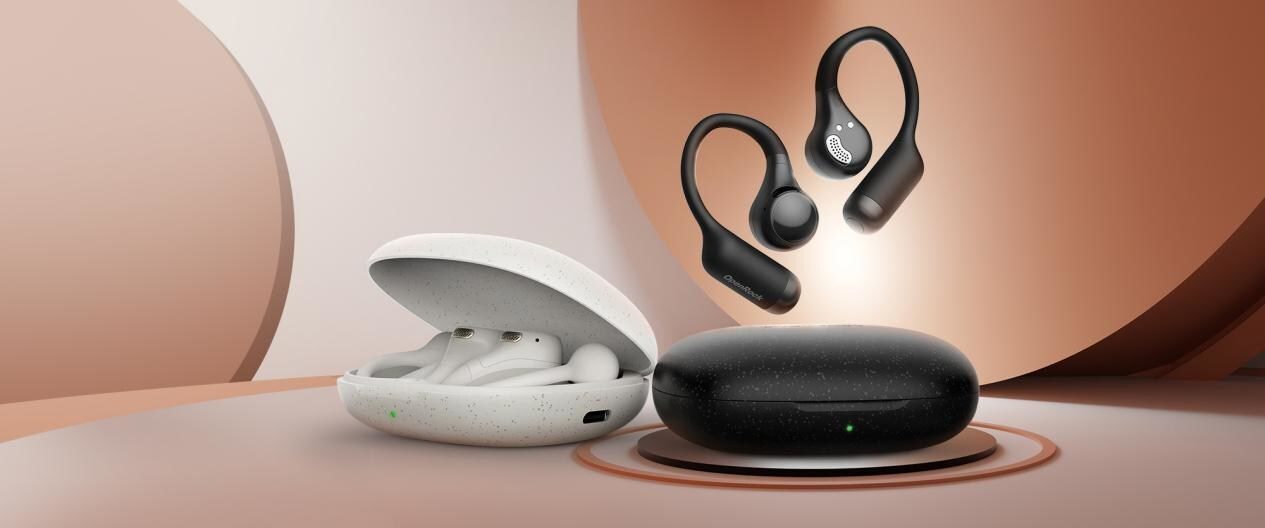While the takeoff is the most commonly watched part of a space expedition, the re-entry is equally important. The biggest challenge, of course, is ensuring that the spacecraft doesn’t burn up upon hitting the atmosphere. Another task is finding the proper landing site- most frequently, a large and empty body of water. Instead of rockets being used to add momentum, parachutes are used to slow the descent and provide some control in where the spacecraft lands.
Recently, Boeing has been working alongside NASA to develop new parachutes for private flights. Touchdown tests for systems like the CST-100 Starliner have been conducted, and with enough studying, could be used in future space missions. It’s important to remember that humans haven’t been launched into space on American soil since 2011. After the space shuttle program was ended, astronauts from NASA have launched from Kazakhstan using Russian spacecraft.

All-American Launches
The return to all-American launches has been a long journey, however. Reports of Boeing working on the CST-100 date back to 2012. In February of this year, both Boeing and SpaceX faced additional delays due to components not meeting safety requirements, including “parachute performance.” Other sources, including Chron.com, claim that Boeing had skipped several safety tests for the parachutes in October.
Despite the setbacks, the parachutes do have features that set them apart from their contemporaries. The parachutes are fireproof, which means they won’t be affected if another part of the spacecraft sets ablaze. John Mulholland, vice president and program manager of Boeing’s Commercial Crew Program, told the Orlando Sentinel that “we learned a great deal about our vehicle. We can now confidently say that the Starliner will safely and robustly handle every dynamic of flight, from launch and ascent through re-entry and landing.”
Landing on the Ground
Another notable feature is that the Starliner is able to land on solid ground. As mentioned earlier, most spacecraft opt to finish their descent in the water. Boeing is instead using airbags to cushion the landing and prevent damage. This means the parachutes must be all the more reliable, as hitting solid earth too fast has far more devastating consequences than hitting the water. In the case of the Starliner, this is achieved through pilot parachutes followed by three main parachutes. The following video, published by NASA in 2017, shows the entire process in more detail:
And experienced astronauts want to land on, well, land. Former NASA astronaut Michael Lopez-Algeria described the sensation of making a touchdown on terra firma “kind of like a series of explosions followed by a car crash” in an interview with the Air & Space Museum. However, he continued by saying “landing on water seems like doing a giant belly flop, so I’m not sure the impact is much less. And afterwards, I think I’d be happier on land than bobbing around on the ocean.” Ken Bowersox, another astronaut, echoes the sentiment. “On land, you can have a bit of a rough landing and still crawl out of the vehicle. If things don’t go well on water, it can get exciting pretty fast.” “Exciting” isn’t always synonymous with “good,” it turns out.
It’s possible that, in the future, spacecraft won’t rely on parachutes for safe landings. SpaceX had been working on what it called “propulsive landing,” using thrusters instead, but mainly uses them for payload delivery rockets and have yet to develop them for human passengers. Until such a system is perfected, parachutes are the standard. And with something as precious as human life, those parachutes better be as safe and dependable as they can get. Fortunately, that’s a belief Boeing shares.

Influence the future and follow our World of Innovation.







